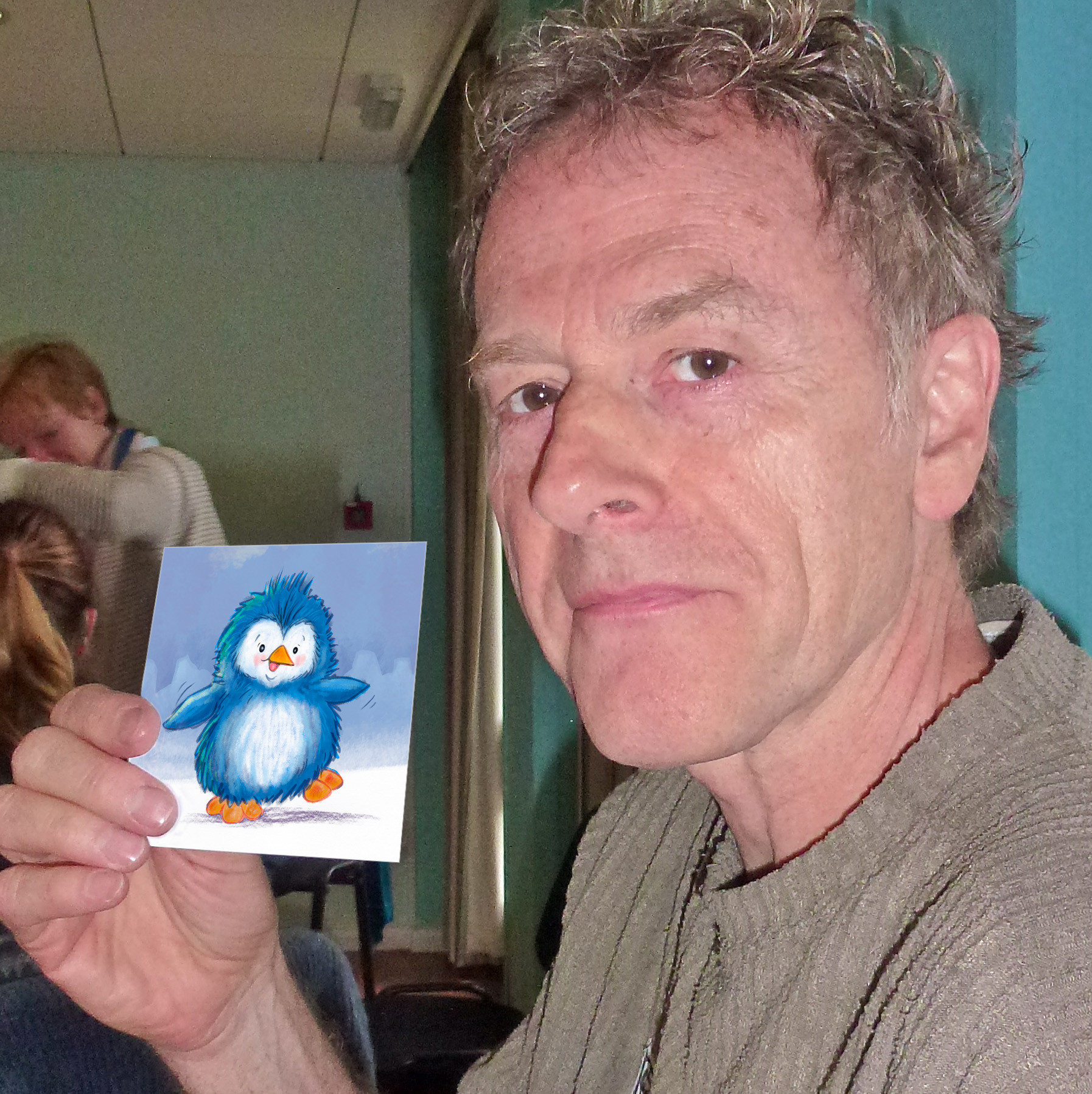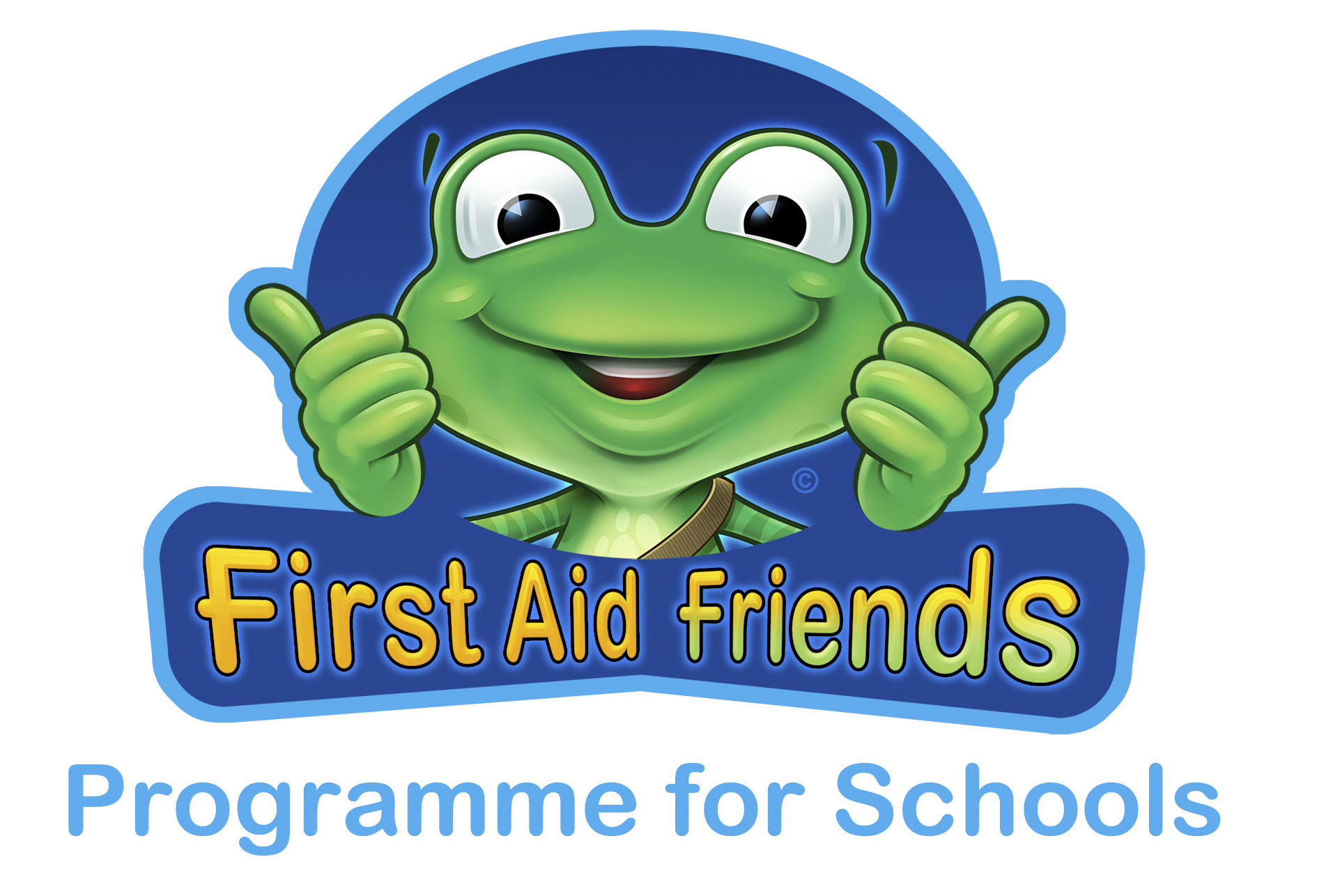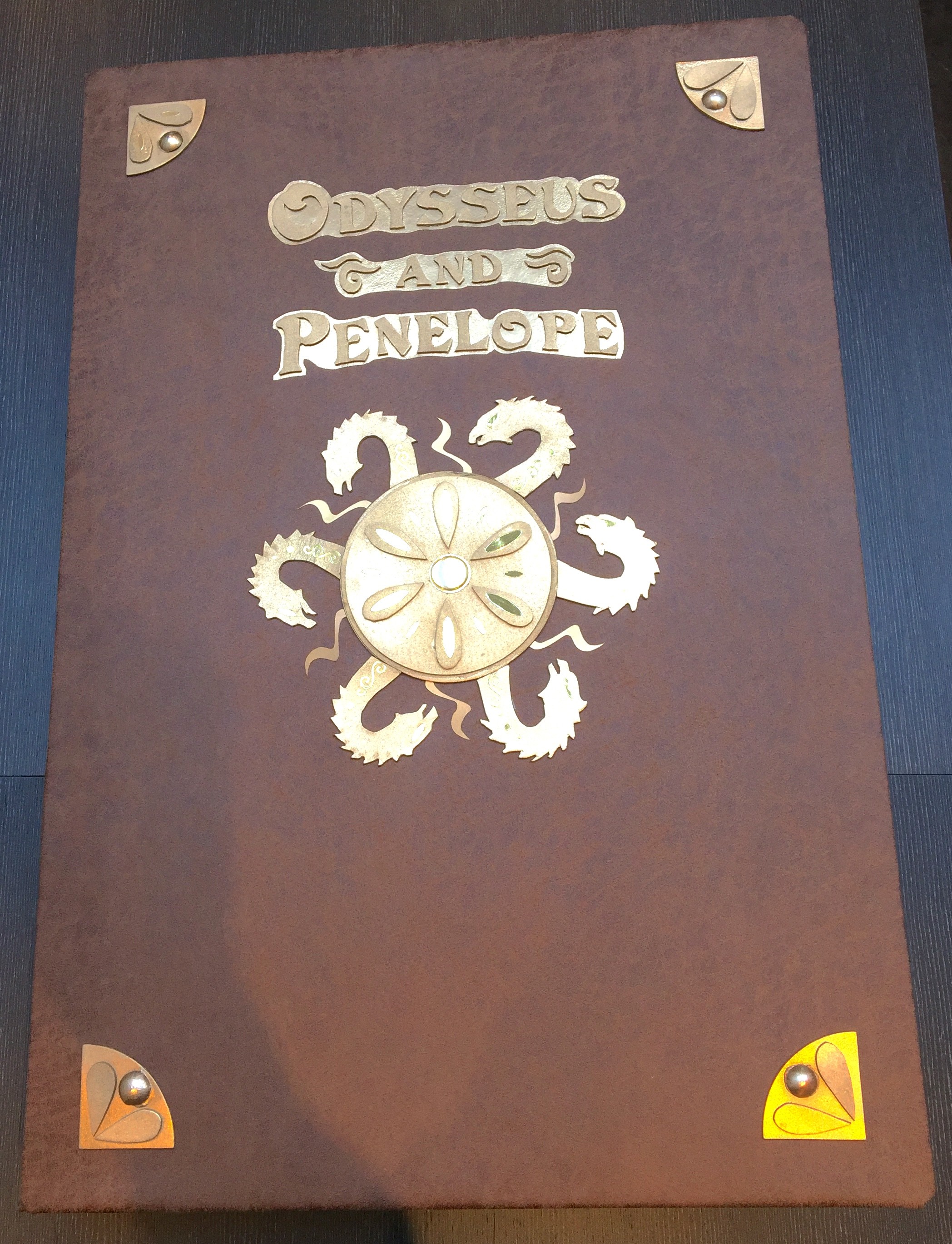
Paul Morton
Children's Illustrator
Who or what made you want to become an illustrator?
I always enjoyed drawing. As soon as I 'discovered' I could go to Artschool, it was a foregone conclusion.
Did you attend art school or undertake any other formal artistic training?
Yes, Barnsley School of Art and then Liverpool Polytechnic, taking a graphic design degree and specialising in illustration.
Who or what have been some of your major artistic influences?
Children's books and illustrators such as Brian Wildsmith, Charles Keeping, Arthur Rackham, Eric Carle, Michael Foreman, Raymond Briggs, Helen Oxenbury, Nicola Bayley, Shirley Hughes.
What was your first commission as a professional illustrator?
Whilst still at college, I illustrated some rock music posters for a publisher based in London. I carried the artwork down on the train and earned the 'huge' amount in those days, of £160 per poster. I produced Queen, Yes, The Police and Pink Floyd.


Describe your working technique and how you came to perfect it.
I don't have one particular technique. I've made a living from being versatile. I guess I could say that everything always starts with pencil and sketchbook and then proceeds to final artwork using digital (mostly) but also hands on media.
What piece of software or hardware could you not live without and why?
The software that has kept me in the business has undoubtedly been Photoshop. From it's first ever inception right through to the latest version. It's a whole art studio and production suite in itself. Also, these days, ProCreate an the iPad with Apple Pencil is so much fun to create with.

Do you keep a sketch book?
I'm never without a sketchbook or notebook. I have every single one I've ever owned, since around the age of 13, collected on shelves in the attic. There are quite a few hundred of them.
Tell us about the creation of your favourite character from one of your books.
If I was to pick just one it would be Felix the First Aid Frog. This was a commission, and I thoroughly enjoyed creating, designing and illustrating Felix and his best friend Flip. I also helped write the story and it was satisfying finding a 'voice' for Felix that could communicate the seriousness of the safety insructions along with the fun they have in the story.

How many times do you tend to draw a character until you are happy with it?
As many times as it takes. BUT, it's often the early quick drawings that end up being the most lively, spontaneous and the most satisfying.
Talk us through the process of creating one of your latest illustrations or books.
I'm right in the middle of creating a picture book aimed at 4,5,6 year olds, so this question is an easy one to deal with.
First of all, the idea can come from anywhere. Whilst out riding my bike, whilst working on some other project or when playing with children, as was the case with Bug Belly's Big Breakfast. It's the story of how one perpetually hungry (greedy?) frog decides to go on a huge BUG HUNT. Despite his cunning and ingenious bug-hunting equipment, things don't always go according to plan.
So first of all comes lots and lots of drawing. Maybe the 'denouemont' is clear in my mind or the ending. So I draw it down and work backwards and forwards from that point to create the rest of the book.
From lots of sketches, I'll start to form an idea of how each double spread should look. Then I'll draw again some of the major elements from each spread, a little bit more finished this time but hopefully still fresh and 'alive', and scan them in. This is so I can start to have fun re-arranging the shapes and sizes and thinking about placement of text. Once I'm happy with the composition of the spread I'll save it until the others are finished and then I can print it out as a rough working dummy to physically hold as I turn the pages. I might have 3 versions of the same spread that work ok by themselves but might need adjusting when the preceding and following spreads are considered, especially true with the text as I judge what flows nicely from page to page.
The artwork will be created using a combination of drawing and painting by hand, scanned in and re-coloured, and textures added on the iPad or in photoshop to create one final piece of artwork.
How long does it take on average for you to finish a spread, from initial sketch to final colour?
Again, a difficuly question to give an accurate answer. I would say that if I were to sit and sketch, work my way through the early spreads and then complete the artwork, without a break, it might take a week to ten days. But since I'm leap frogging pages in various stages of development it could quite take easily 2 years to finish a book from initial idea to finished artwork.
What do you hope children take away from your drawings?
A bit of magic and entertainment. Whether that is sheer fun, instructional information that teaches them something or just the enjoyment of having shared my characters in their perils and situations for a few minutes.
What do you do in your spare time?
Draw. So being an illustrator blurs the edges of working and 'free' time as it's one long quest to observe the world, remember and record it and then share it. Mountain biking which liberates mind and body. Watching films.
What does a typical day in the studio look like for you?
Typically out of the studio if the weather is fine, on the bike or in the garden, or walks with my wife (and sketchbook).
In the studio, if I have pressing deadlines, in front of the Mac listening to comedy from the radio.

What is your favourite children’s book and why?
At the moment it might be Grandad's Island by Benji Davies. I so want to achieve something as accomplished as this.
Take us behind the scenes and describe your studio / workspace.
I've always worked from home. My studio takes up one double bedroom and has lots of desktop space for drawing, laying out work. At the moment there are 3 Macs in operation but one is rather old and only used for occasional 3D work. Plenty of bookshelves and plan chests. Unfortunately there is no maginificent view, but I can see distant hills between the rooftops.
Share your favourite piece of artwork from your portfolio and walk us through its creation.
This is Bizzi Bee, one of my recent favourites. I was commissioned to create a bee character by Hozelock UK and it features on their marketing, Point of Sale and other publicity.
It took quite a few rounds of sketching and refining to arrive at the right age, the correct expression and then to bring Bizzi alive with all sorts of 'extras' such as tools, tablet apps and etc.
Once the sketches were approved I created Bizzi on lots of layers in Photoshop and I was able to supply the Hozelock marketing team with a 'Bizzi DIY kit' of faces, expressions and body parts and extras so they could build a Bizzi for any eventual use.
It's very satisfying to see Bizzi when I visit my local garden centre, I'm still very proud and pleased with the way it turned out.


Outline your dream project.
To create a really well loved picture book with strong characters that could move onto subsequent stories with spin offs such as games and animation.
Have you visited any schools to speak or hold workshops?
Yes, a few. I've done Monster Mixing workshops to coincide with an interactive book that's published on the iTunes store.
Most recently I spent 9 weeks in a school to help them create and illustrate a giant pop-up book featuring the adventures of Odysseus. This was really rewarding and a fantastic experience.



Do you have a favourite soundtrack you listen to when you’re working?
Stephen Fry reading Harry Potter.
What advice would you offer someone just starting out as a children’s illustrator?
Read lots, study the books you like and discover what makes them work. Draw all the time. Try to produce images that are 'you' and not attempting to be what you imagine editors are looking for at any one time.
Are you an author/illustrator?
Yes. And this is something I'm always working at.
What’s the best piece of advice anyone has ever given you?
Enjoy what you do. Try and be yourself, it's you that is unique.
What makes a good children’s book?
A compelling story, perfectly crafted words that pull a reader in from the start and of course brilliant illustrations that make you want to come back again and again.
What’s one thing that most people don’t know about you?
That I sometimes do magic tricks for friends at parties.
How important is it for you to be part of a creative community of people?
Very important. I enjoy working alone but having other voices and opinions to validate, or criticise, what I'm working on is invaluable. I'm an active member of SCBWI.
How do you overcome a creative block?
Go out for a blast through the woods on my mountain bike.
What are some of your favourite subjects to draw?
Always animals.
How do you get your creative juices flowing?
By doing 'warm up' sketches before the 'real' work starts. Watching films for inspiration too.
Are there any children’s classics you’d love to illustrate and/or re-tell?
Stig of the Dump. Originally illustrated by Edward Ardizzone. It would be a difficult act to follow but I think I'd enjoy the challenge.
